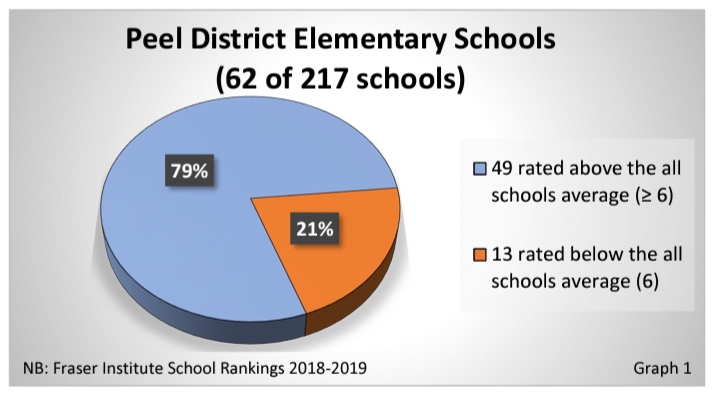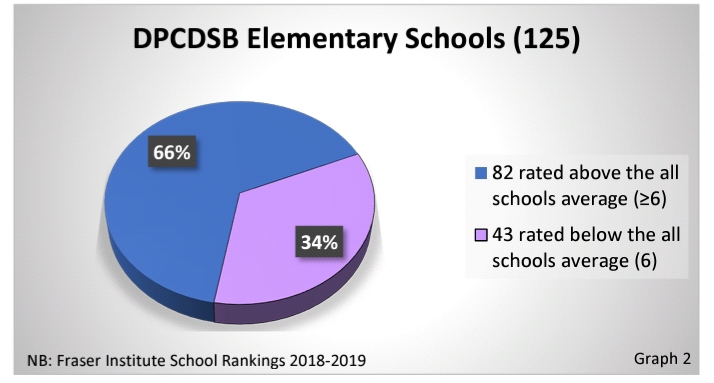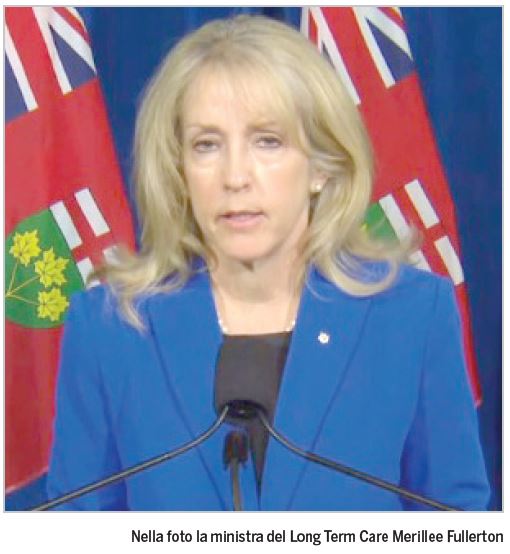TORONTO – Every individual has the right to go to school and to learn. It is a fundamental right, regardless of who they are, where they live, and no matter their social or economic status. In Ontario, there are four types of publicly funded school boards: English Public, English Catholic, French Public and French Catholic.
The two largest boards in the province are the English Public and the English Catholic – formerly, Separate. The expectation is that either system provide a safe, stable and successful learning environment for students.
The success of that learning environment is measured in various ways, primarily, though, it looks at indicators of student progress, school performance and academic achievement.
Standardized tests, in other words, to measure student development in specific skills and knowledge.
Across the province, EQAO (Education Quality and Accountability Office) standardized test results provide an opportunity for educators, schools and school boards to identify areas of strength and weaknesses.
The resulting data from the annual provincial report is used to gauge the effectiveness, quality and accountability in Ontario’s publicly funded education system. In previous editions, we began to explore student academic achievement in the areas of reading, writing and mathematics.
For some, provincial standards also act as an index to see how schools from or in different boards stack up against each other. For instance, the Fraser Institute uses EQAO data in a conversion formula to rate and rank schools across the province.
For this edition, it provides a tool to assess how schools in the Regional Municipality of Peel fare. The area encompasses the cities of Mississauga, Brampton and Caledon.
A Canadian based research and educational organization, the Fraser Institute has designed a rating scheme to base acceptable performance outcomes on an average value of six for all schools. That value does not reflect a pass or fail, but provides an indication of school performance along a scale from zero to ten.
The [English public] Peel District School Board (PDSB) services approximately 153,000 students in both elementary and secondary panels of education. In the 2018-2019 academic year, only 62 of the 217 PDSB elementary schools made it onto the Fraser Institute list. Close to 80% of schools at the public board rate above the standard (6) for all schools. However, roughly one-fifth of schools across the board fall below the all schools average (graph 1).

The Dufferin-Peel Catholic District Board (DPCDB), the public board’s counterpart, serves close to 81,000 students in 151 schools across the Board. Of the 125 elementary schools in the district, nearly two-thirds rate above the standard (graph 2).

It would appear that this measure is superior to their equivalent at the Catholic Board in Toronto.
A number of factors determine a school’s performance. These may include student family income, communities in which the school serves, demographics and student characteristics.
When comparing between schools and boards, identifying which ones are more successful and studying their techniques help to provide information on how less effective schools may improve.





